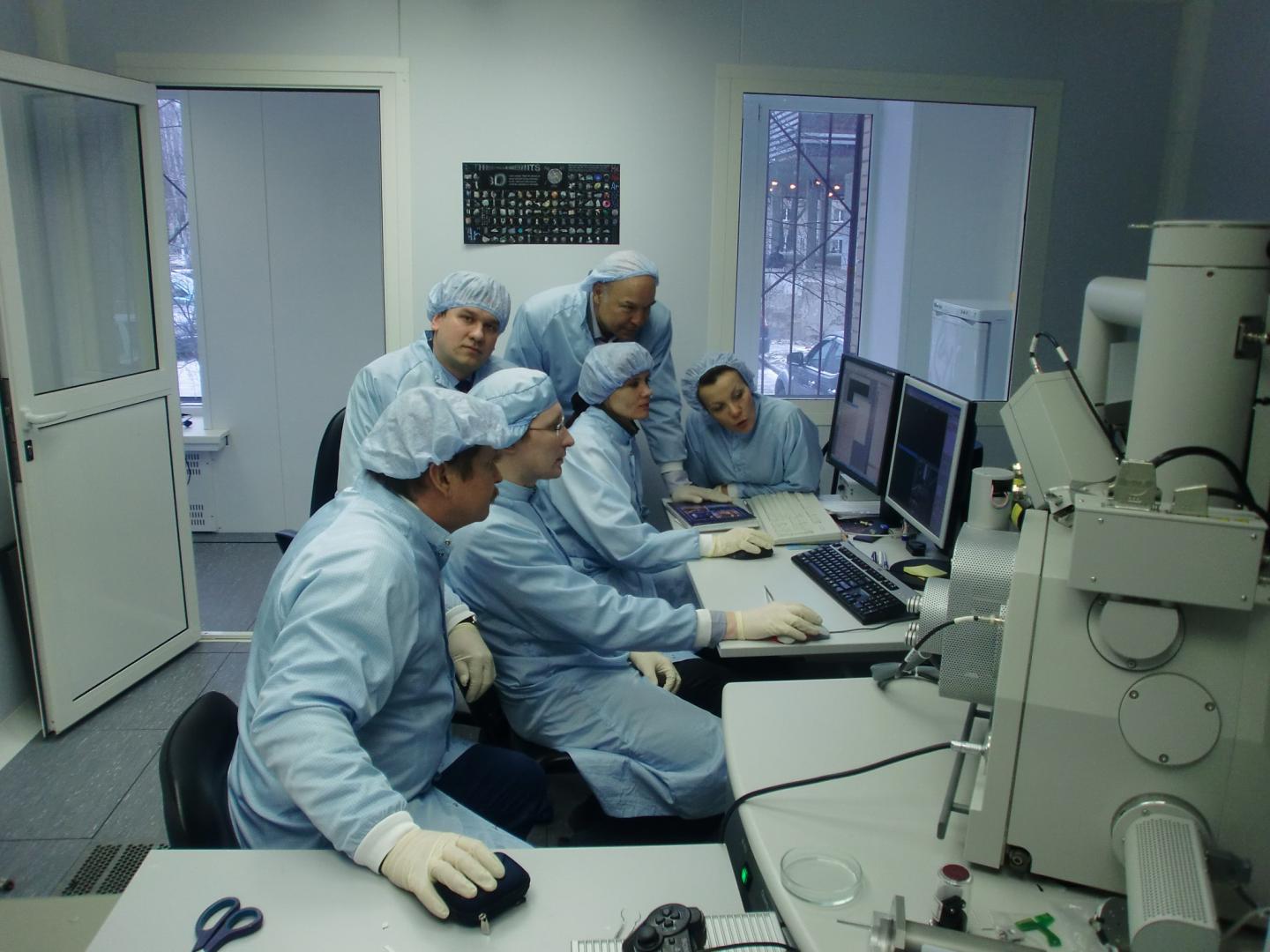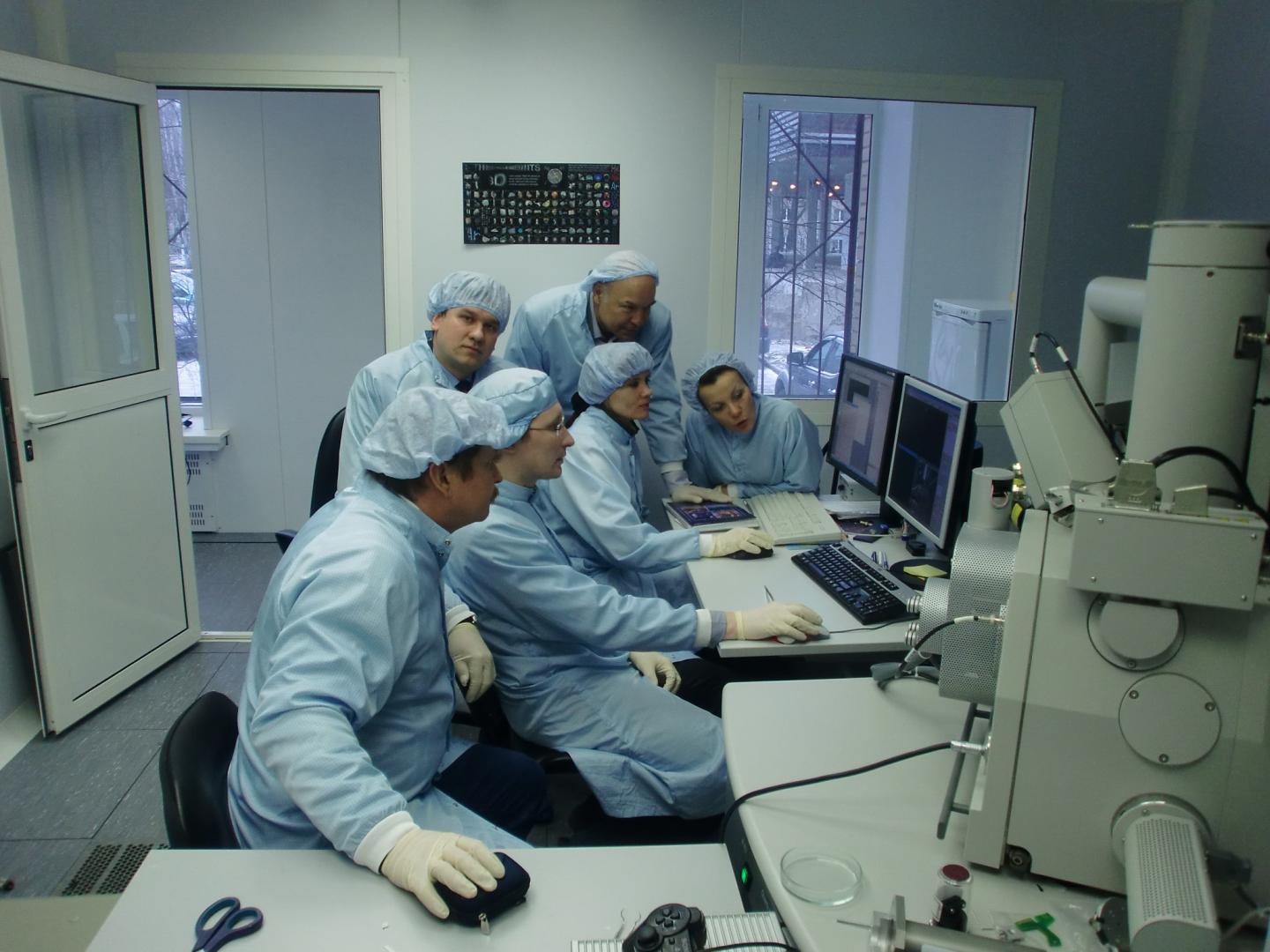
Credit: Press photo
Scientists of Institute of Physics, Nanotechnology and Telecommunications of Peter the Great St. Petersburg Polytechnic University (SPbPU) in collaboration with University of Oulu (Finland) and Leibniz University of Hanover (Germany) established an international consortium to implement new approach to increase the accuracy of optical radar's function.
An optical radar is a device for estimating the distance, comprised of emitter sending an optical signal (for example laser beam), a receiver catching the signal reflected by various objects around the radar, and a data processing system, creating the picture of the surrounding landscape by the specific differences and delay times between the outgoing and incoming signals.
Earlier researches from SPbPU with colleagues from Moscow Institute of Electronic Technology and University of Oulu have developed an optical transmitter increasing the accuracy of optical radars nearly ten-fold. These are record indicators. Such results were achieved by applying shorter optical pulses, which duration is about one nanosecond, for the scanning procedure.
Reducing the pulse length while maintaining its power can significantly improve its accuracy: the typical indicators in similar devices are 30-40 V / 3-5 ns, while the device created in SPbPU demonstrates 40V / 1 ns, this is a unique achievement. This device might find a broad application range in shipbuilding, automobile, aircraft manufacturing, optical detection, and electronic equipment.
Now the aim of scientific consortium is to continue the collaboration for improving the characteristics of the optical emitter, in particular, to increase the radiating power, the pulse repetition rate and the transition to subnanosecond area.
In mid-January, a seminar was held in St. Petersburg, which brought together the representatives of the Leibniz University of Hanover, the University of Oulu and Peter the Great St. Petersburg Polytechnic University, where the international consortium "Research laboratory of high-speed pulse avalanche transistor switches for vision systems" was created. Its purpose will be the joint development of new approach to the design and implementation of a unique avalanche switch, the heart of high-speed transmitter. The basic fundamentals have been described in an article "Switching Mechanisms Triggered by a Collector Voltage Ramp in Avalanche Transistors With Short-Connected Base and Emitter" published in the IEEE Transactions on Electron Devices.
"New technological solutions are required to make the pulse shorter with higher power, because now we are faced with some physical limitations. With the properties of semiconductors used for building this structure, the shorter pulses can't be obtained. Therefore, we should not just concentrate on development purer semiconductor of thinner layer , but drastically new approach is required," says Dr. Alexey Filimonov, Head of "Physical electronics" department at SPbPU.
In order to obtain the output parameters according to newly developed theoretical approach, it is necessary to develop bipolar avalanche transistor, which provides high speed avalanche switching with smaller heat loss and minimizes the time of heat transfer from active area to heat sink. It is difficult to implement this idea technologically, so the Institute of Microelectronic Systems of Leibniz University of Hanover will provide the equipment and expertise required to carry out the processes of development of new unique switch.
The first steps in the development, technological implementation and experimental study of the device were taken in cooperation of University of Oulu, Moscow Institute of Electronic Technology and Peter the Great St. Petersburg Polytechnic University. Currently, the equipment is almost collected for metrological study, which will be held at SPbPU. Leibniz University of Hanover will provide technological support for the development of silicon switch with a drastically (1-2 orders of magnitude) increased frequency of repetition, which should significantly improve the accuracy and reduce measurement time.
###
Media Contact
Raisa Bestugina
[email protected]
7-812-591-6675
@https://twitter.com/pgpuspb
http://english.spbstu.ru/
############
Story Source: Materials provided by Scienmag





